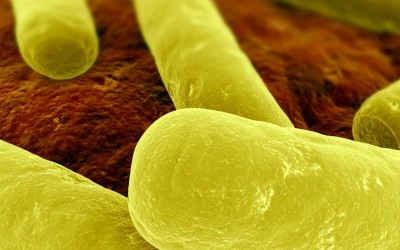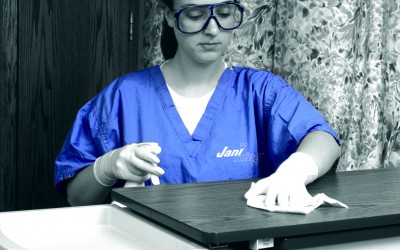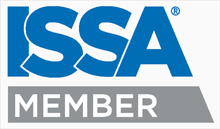Preventing Foodborne Illness
|0 Comment
Foodborne illness, or food poisoning, is an illness caused by food contaminated with microbes such as bacteria, viruses, and parasites. Food contamination can develop from, to name a few, unpasteurized foods, contaminated surfaces and workplace environment, and improper food ha









